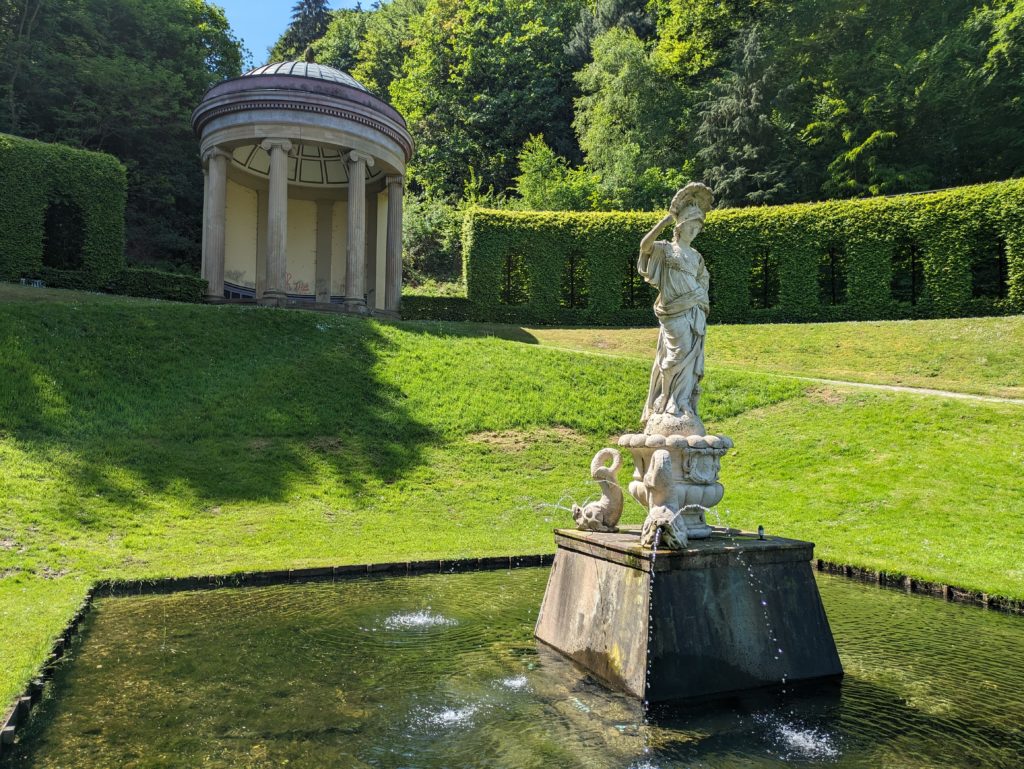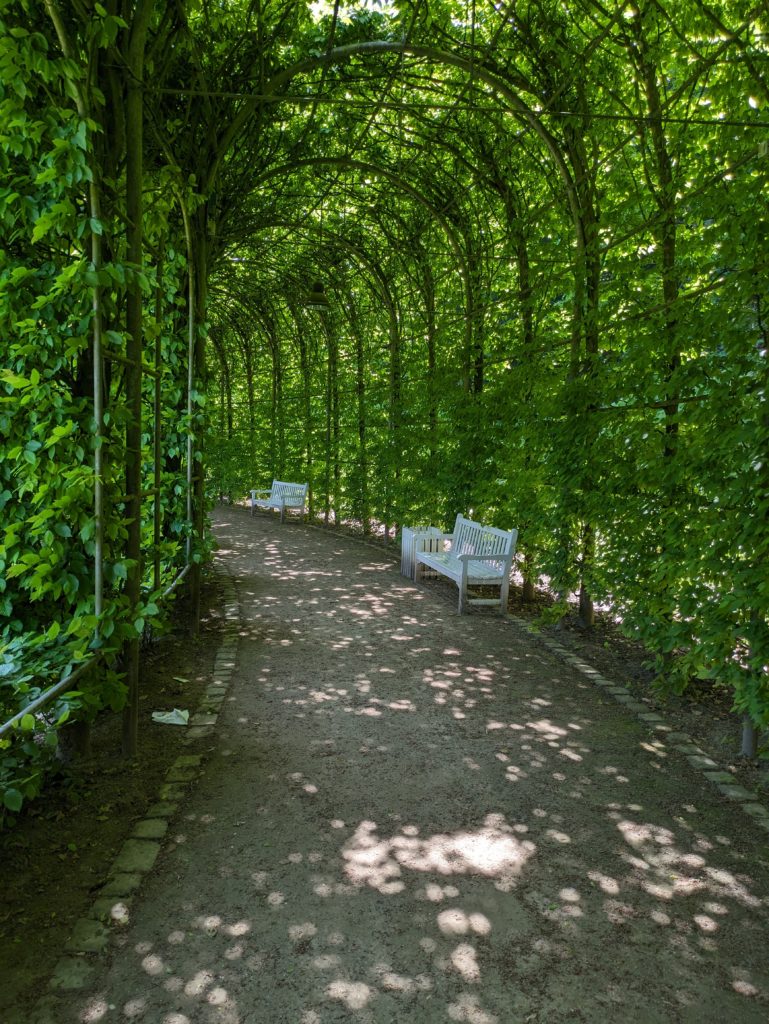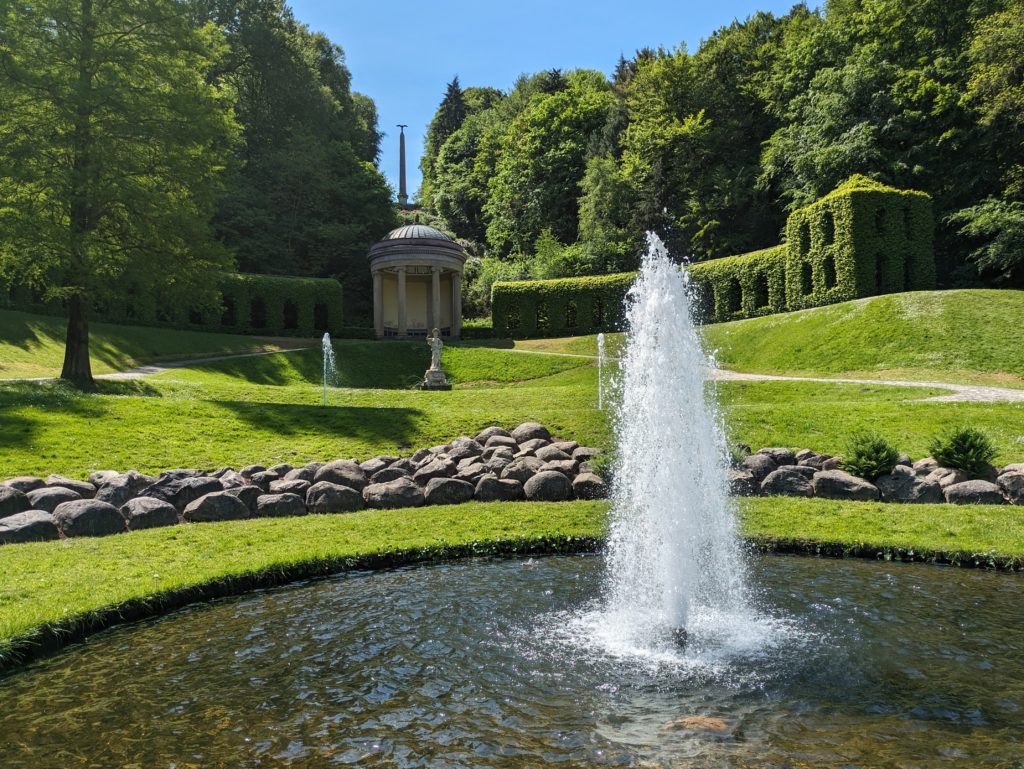A Model of Elegance That Inspired Versailles
The Baroque gardens in Cleves are an excellent example of classical garden art and reflect the splendor and aesthetics of the Baroque period. Designed according to the plans of Prince Johann Moritz of Nassau-Siegen in the 17th century, these gardens offer a beautiful combination of architectural precision and natural beauty.




A Historical Masterpiece
Between 1653 and 1660, John Maurice of Nassau-Siegen, inspired by his travels and his experiences as the governor of Dutch Brazil, returned to Kleve and set out to transform his hometown into a center of cultural elegance. His vision for the Baroque Gardens was to create a masterpiece of symmetry and order, incorporating wide terraces, carefully designed water features, and classical sculptures. The gardens’ layout would go on to influence the design of Versailles, which adopted many of the principles first established here in Kleve.
Designed with the assistance of prominent architects like Jacob van Campen and Claudio Berardo, the gardens were conceived as an idealized vision of nature, where art and order are brought together in perfect balance. The vast green spaces, along with tree-lined avenues and precise geometric patterns, create a sense of grandeur that still captivates visitors today.
What to See and Do
While much has changed since their creation, the Baroque Gardens still retain the essential features that make them so special. The Pallas Athena Pavilion, a key highlight, displays a majestic statue of the Greek goddess Athena, symbolizing wisdom and strategic warfare. This pavilion stands at the center of the garden’s historical significance, providing a focal point for visitors as they explore the site.
One of the most visually striking areas is the so-called Amphitheater, named for its layered, semicircular layout that resembles a classical theater. Although it was never used for performances, the terraced design makes it a perfect spot to relax and enjoy the views of the garden’s meticulously arranged lawns and tree lines.
Another remarkable feature is the Prinz-Moritz Canal, which stretches in a perfectly straight line through the gardens, embodying the Baroque fascination with symmetry and control over nature. The canal reflects the trees and sky, creating a tranquil atmosphere as it cuts through the heart of the garden.
The Gardens in Every Season
No matter when you visit, the Baroque Gardens offer a different experience in each season. Springtime brings a burst of color with blooming flowers such as tulips and roses lining the terraces. In the summer, the lush greenery reaches its peak, making it an ideal time for leisurely walks. Autumn offers rich golden tones as the leaves change, while winter presents a more serene landscape, where the symmetrical layout is accentuated by the bare trees and frost-covered statues.
Practical Information
The Baroque Gardens are just a short walk from Kleve’s town center and are free to enter, making them a perfect spot for spontaneous visits or planned outings. The Pallas Athena Pavilion and the scenic Prinz-Moritz Canal are must-see features, while the Amphitheater offers a peaceful spot for visitors to sit and take in the surroundings.
The gardens are ideal for families, couples, and solo travelers alike, offering a space for picnics, strolls, or quiet reflection. Nearby parking is available, and guided tours are occasionally provided to give deeper insights into the garden’s history and design.
Why Visit the Baroque Gardens?
The Baroque Gardens of Kleve are not just a historical site—they’re a living legacy of European landscape architecture, where beauty, history, and nature combine. Whether you’re interested in the connection to Versailles, fascinated by John Maurice’s vision, or simply looking to enjoy a peaceful walk in a beautifully designed park, the Baroque Gardens offer a unique and memorable experience. Perfect for history buffs, architecture enthusiasts, and nature lovers alike, this green gem is a must-see for anyone visiting Kleve.